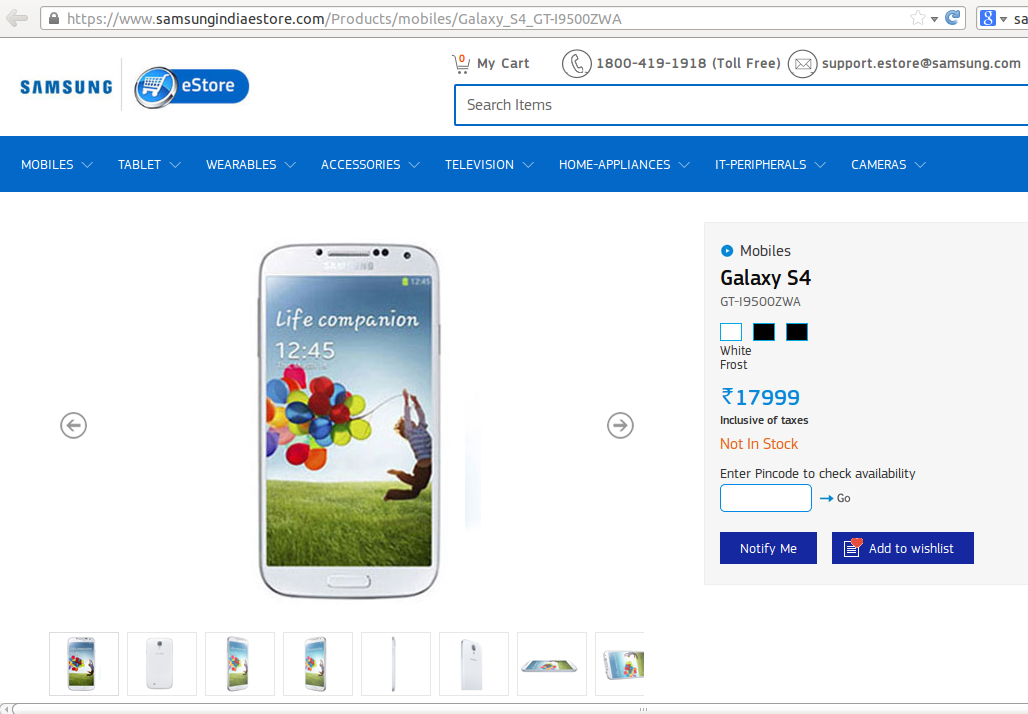Continuing with its growth plans in India, JW Marriott Hotels & Resorts has opened its second luxury five-star hotel in Mumbai located a kilometre from the Chhatrapati Shivaji International Airport Mumbai – JW Marriott Mumbai Sahar. Posiioned as a sophisticated retreat within the energetic city of the Indian commercial capital, the hotel will cater to both business and leisure travellers.
With the debut of JW Marriott Mumbai Sahar, the JW Marriott brand now has seven hotels in India. Other locations include Bangalore, Chandigarh, Mumbai, New Delhi, Pune and Mussoorie.
According to Arne M Sorenson – president and chief executive officer, Marriott International, India is an important part of Marriott International's global growth strategy. "India is a great, growing economy and as that economy grows, its need for hotel rooms grows too," said Sorenson adding that the new hotel at Sahar will be a premier luxury business hotel in India, setting a benchmark for service excellence.
Spread over 15 acres, the property features 585 intimate rooms including 163 deluxe pool view rooms, 23 deluxe suites, 23 executive balcony rooms and one presidential suite. The rooms are priced starting Rs 8,925/- for a night's stay.
 The hotel flaunts a stunning design and signature service to a compelling restaurant scene celebrating local Indian cuisine. Its stylish lobby features open spaces and natural light anchored by a striking crystal chandelier descending down into an oversized marble bowl. The hotel also boasts some of the most spacious guest rooms in its immediate vicinity.
The hotel flaunts a stunning design and signature service to a compelling restaurant scene celebrating local Indian cuisine. Its stylish lobby features open spaces and natural light anchored by a striking crystal chandelier descending down into an oversized marble bowl. The hotel also boasts some of the most spacious guest rooms in its immediate vicinity.Also housing JW Marriott’s new branded spa concept 'Spa by JW' the Sahar property is the first hotel in Asia Pacific and the second worldwide to offer the 'Spa by JW'. Featuring seven treatment rooms including one couples treatment room and one ayurvedic treatment room that offers ancient beauty rituals using fresh and natural ingredients it also offers a private couples jacuzzi, a dressing and make-up room, two steam and sauna rooms and two separate jacuzzis for men and women.
The food and beverage offerings are in the form of a chic and contemporary all-day dining multi-cuisine restaurant called JW Café that has an alfresco seating area while Romano’s bar offers authentic, home-style Italian fare. Located at the heart of the property is the JW Lounge, which serves as a cafe by day and a stylish lounge by night. The JW Baking Company offers indulgent pastries, coffee and deli favourites.
To accommodate large-format events and social gatherings, the hotel boasts of over 56,000 sq.ft. of indoor and outdoor convention space including a pillar-less 10,000 square foot Grand Ballroom, indoor and outdoor convention spaces, and 11 well-appointed meeting rooms with state-of-the-art conferencing and business facilities. The property also has a spacious JW Lawns and Dining Theatre that can serve as an ideal venue for picturesque weddings and social gatherings.

Additional facilities include, The JW Fitness Centre open 24-hours a day with the state-of-the-art equipment, catering to the needs of the fitness conscious. Poolside cabanas also make a perfect place to unwind and soak up the sun.
Currently, there are 71 JW Marriott hotels in 27 countries and by 2020 the portfolio is expected to encompass more than 100 properties in over 30 countries.
To accommodate large-format events and social gatherings, the hotel boasts of over 56,000 sq.ft. of indoor and outdoor convention space including a pillar-less 10,000 square foot Grand Ballroom, indoor and outdoor convention spaces, and 11 well-appointed meeting rooms with state-of-the-art conferencing and business facilities. The property also has a spacious JW Lawns and Dining Theatre that can serve as an ideal venue for picturesque weddings and social gatherings.

Additional facilities include, The JW Fitness Centre open 24-hours a day with the state-of-the-art equipment, catering to the needs of the fitness conscious. Poolside cabanas also make a perfect place to unwind and soak up the sun.
Currently, there are 71 JW Marriott hotels in 27 countries and by 2020 the portfolio is expected to encompass more than 100 properties in over 30 countries.






